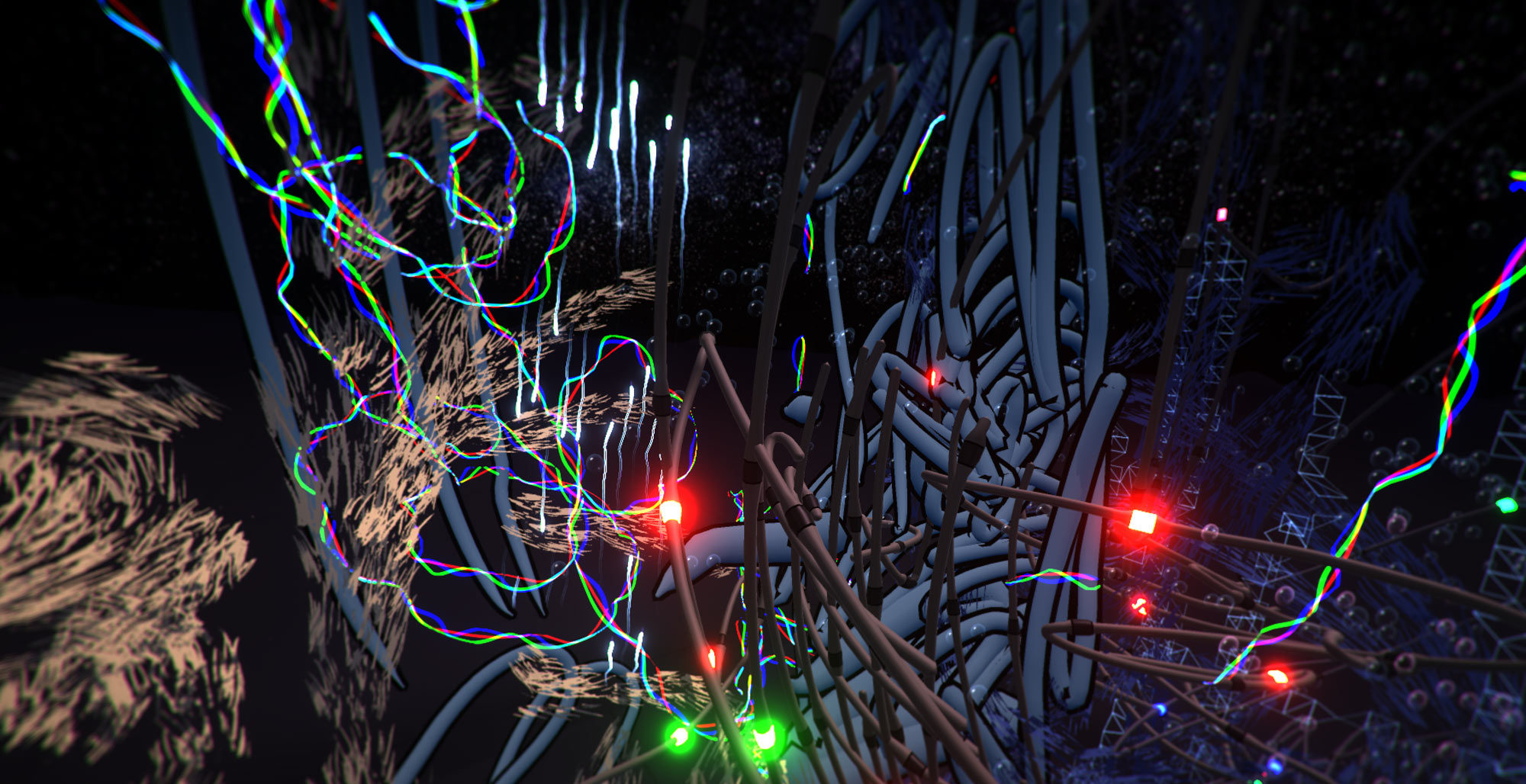In an era marked by rapid technological advancements, the emergence of Artificial Intelligence (AI) in creativity has sparked both innovation and controversy. As AI begins to blur the lines in art, literature, and performance, a crucial question arises: can human creativity’s soul and essence coexist with AI’s precision and efficiency?

AI Meets Art: A Complex Collaboration
Integrating AI into artistic practices is a fascinating development, but it’s not without challenges.
Artists are concerned about AI’s ability to replicate and potentially dilute their unique styles.
In this new digital landscape, the role of curators is also evolving. Traditional expertise in art history and aesthetics now intersects with the algorithm-driven selections of AI, leading to a redefinition of art curation.
For writers, AI presents a paradox. On one hand, it’s a tool that offers new ways to overcome creative blocks and streamline the writing process. On the other, it brings anxiety about the future of storytelling. There’s a fear that AI-generated narratives may need more emotional depth and authenticity than human-written stories.
Actors face a unique challenge against AI technology capable of replicating their physical likenesses and voices, raising critical questions about job security and ownership of one’s digital identity. The heart of the issue is the authenticity of human performance – an element that AI cannot replicate.
Copyrights and AI: The Legal Landscape
The legal world is also grappling with the implications of AI in the creative domain. Recent rulings that AI cannot hold copyrights highlight the need for a clear legal framework to protect human artists’ intellectual property in the face of AI replication and appropriation.
The Future of Human Artistry
Despite these challenges, there is a growing consensus that the value of human-created art will likely increase in an AI-dominated landscape. The emotional depth, soul, and intangible “chi” energy that artists like da Vinci or van Gogh imbued in their work are elements AI cannot replicate. With all its imperfections and emotional depth, the human touch remains the core of true creativity.
As we continue to explore the possibilities of AI in art, the balance between embracing technological advancement and preserving the unique spirit of human creativity becomes more crucial.
The future of art may well be a harmonious blend of AI and human ingenuity, where the soul of creativity continues to thrive in its most authentic form.
Learn more about the intersection of AI and creativity at O1.AI.
